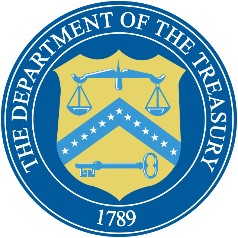Law firms operate in an aggressive marketplace, just like all other companies and professionals. However, lawyers understand business clients are continually challenged to manage their legal fees and costs. While acknowledging that legal costs, for litigation or otherwise, can be viewed as a necessary “cost of doing business,” it is an expense that companies constantly evaluate to control. To remain competitive, business lawyers have become more amenable to “alternative fee arrangements” that their clients seek. This means customizing fee arrangements from the traditional “hourly rate” model to meet the needs and financial abilities of the client or prospective client. Examples of such alternative arrangements include: (1) flat fee/ task billing; (2) contingency or blended rates; or (3) modified hourly billing.
In a flat fee arrangement, the attorney provides specifically defined legal work for an aggregate fee. If the work extends beyond the initial anticipated scope or uncovers additional legal issues, both client and attorney can agree to continue the work or future representation beyond the initial terms. Alternatively, contingency agreement(s) provide counsel will be paid a stipulated percentage upon completion of the subject transaction or success of a litigation matter. The contingency in the transactional context normally requires that the transaction successfully conclude or “close” as a pre-requisite for payment of fees. In litigation matters, success of the case and recovery of damages serves as the pre-requisite for payment of counsel fees.
Similar yet distinct from contingency fee agreements, blended fee(s) agreements serve to reduce normal hourly rates in consideration for the lawyer receiving a percentage of the client’s recovery from the litigation or the proceeds from the transaction. This method provides some security to the attorney that they will be compensated as the work progresses, and yet protects the client’s interest from unexpected or excessive fees. Finally, modified rate agreement(s) can afford value where the legal work the client brings to the lawyer concerns a sizeable litigation or transaction, and in consideration the lawyer agrees to reduce their normal billing rates in exchange for receiving the volume of work. This effectively serves as a form of volume discount on the legal work provided.
An attorney-client fee dispute can be damaging, and even terminal, to client relationships and business reputations. Therefore, it is best practice to avoid such problematic issues from the onset of the relationship where goodwill may have already been established. In that sense, alternative fee arrangements should not be viewed as taboo. Clients should consider customized billing options to manage the inherent variable nature of legal fees. Such arrangements may be attractive to business clients to control the costs of legal work, but also provide a law firm or attorney the creative ability to attract clients for new and recurring work. Law firms and attorneys should welcome such alternatives if it may result in an increase of work volume and expand the firm’s client base. The “decision- makers” for any business, company or professional entity, be they officers, directors or in-house counsel, should not be reluctant to explore or solicit alternative fee arrangements with their counsel.













